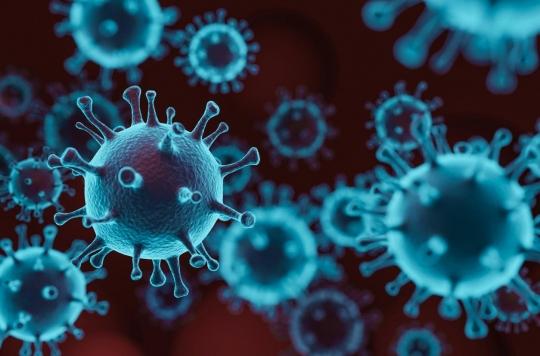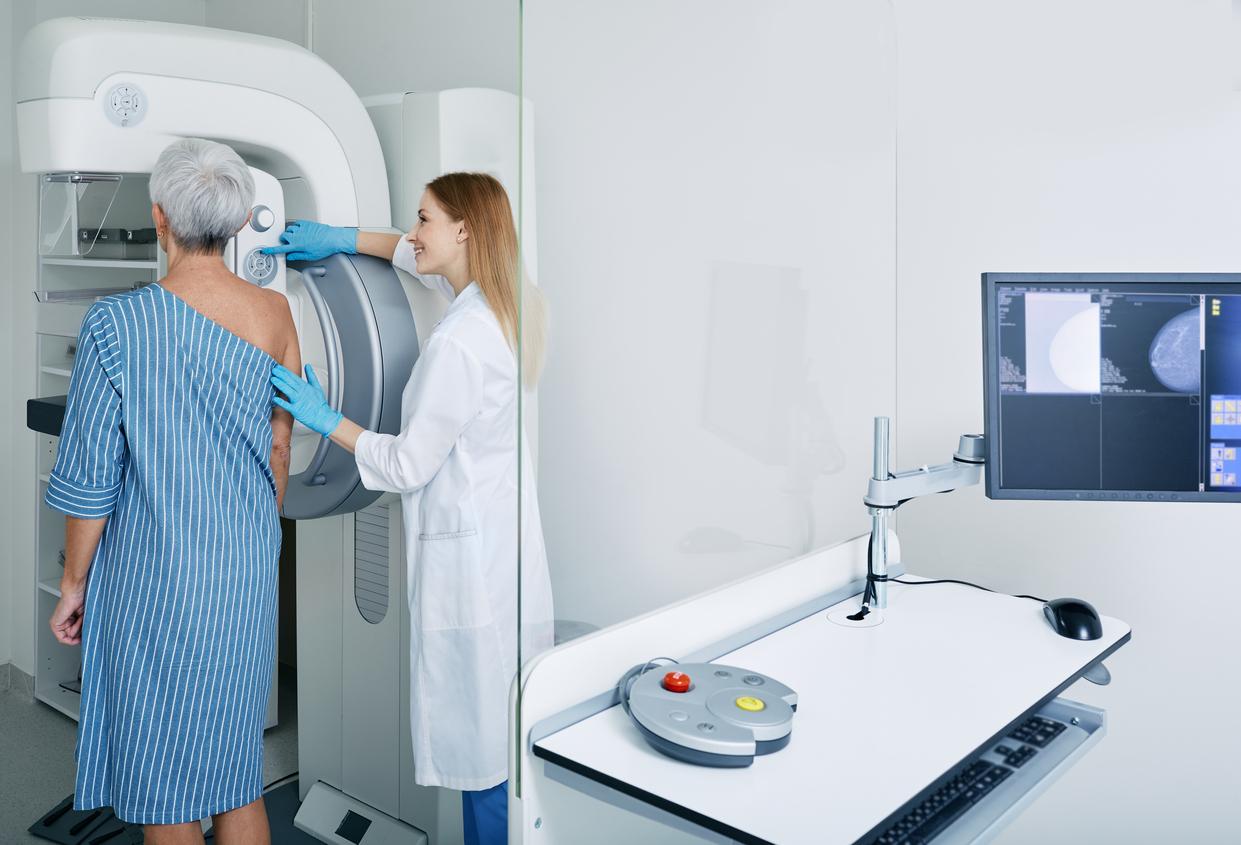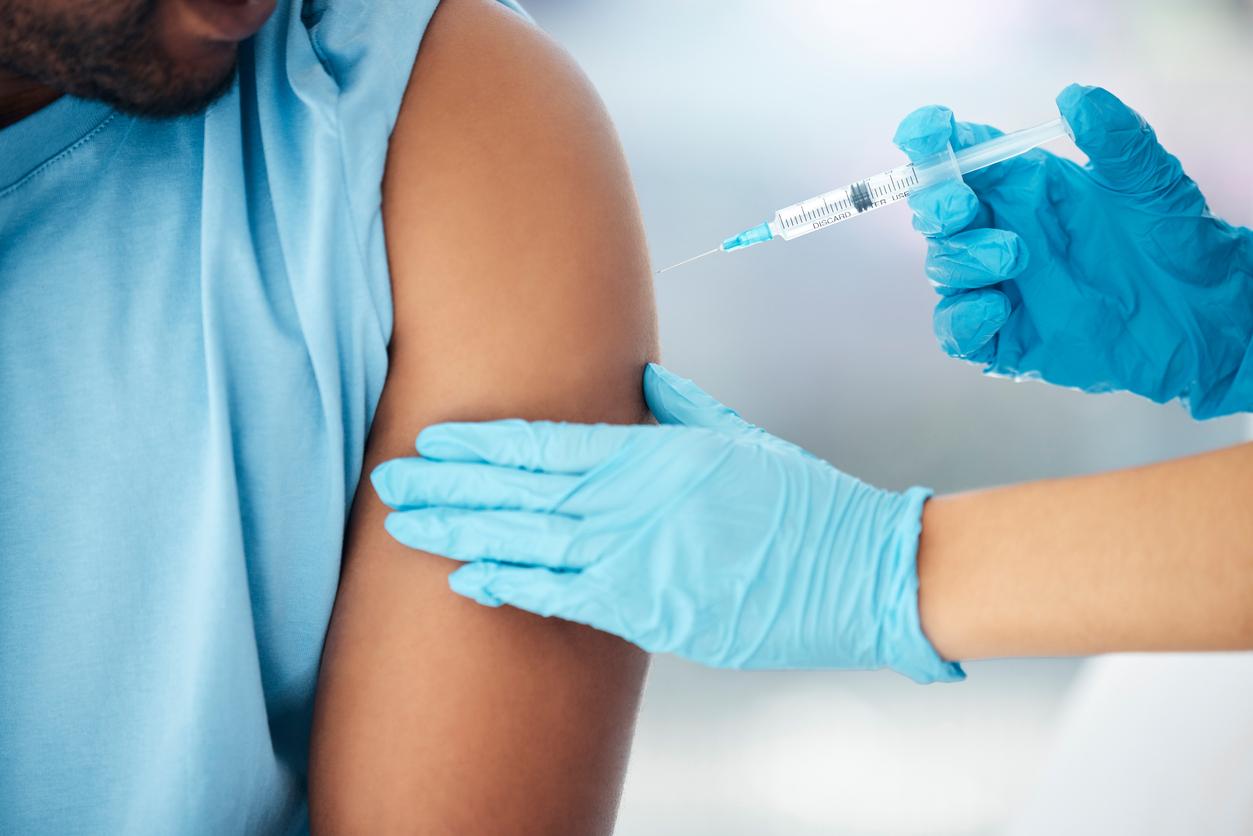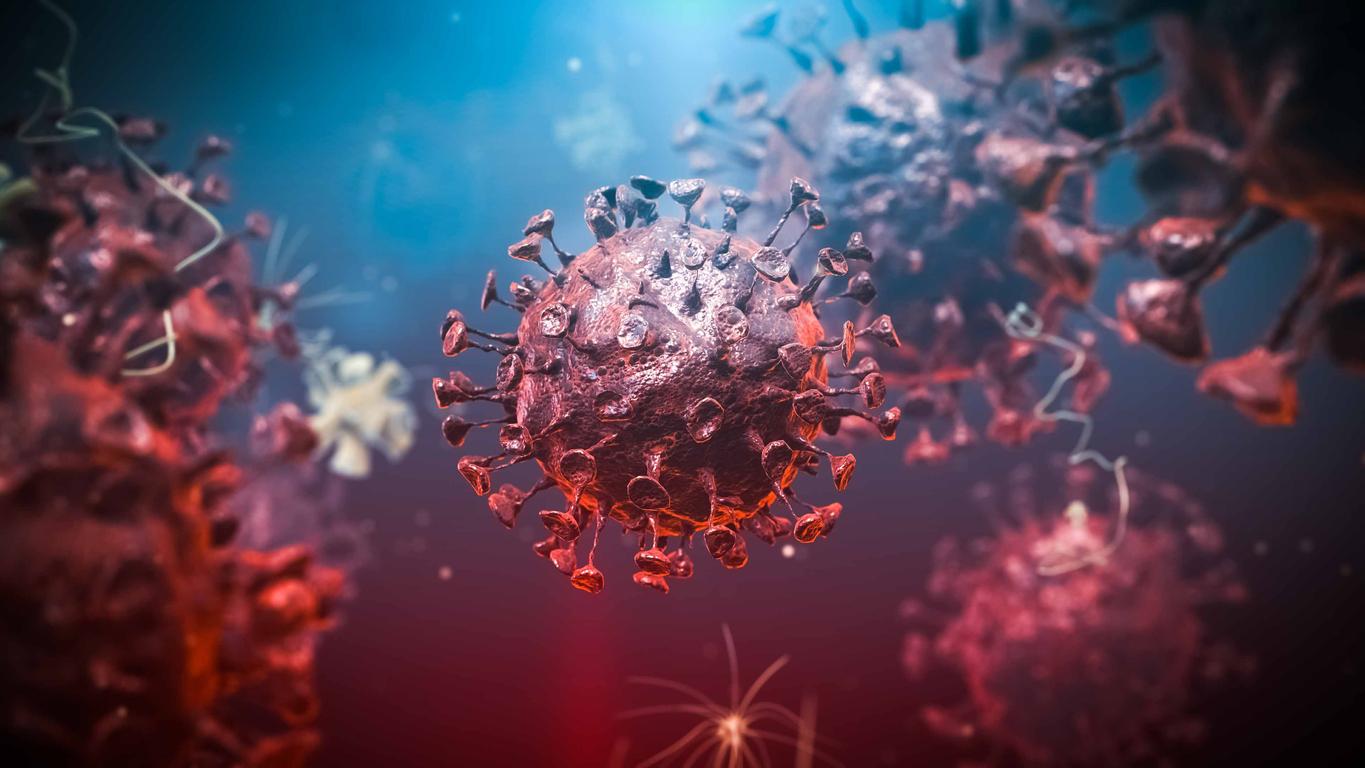European researchers have launched a research project combining algorithms, biochemistry and molecular screening to identify new molecules to treat Covid-19.

- Researchers must find among a library of 500 billion molecules which are likely to be effective against Covid-19.
- Researchers are using supercomputers to find which of a library of 500 billion molecules are likely to be effective against Covid-19.
- The selected molecules are then tested on infected cells to study their action.
In research to cure the coronavirus, all shots are allowed and all angles are studied. European scientists have launched a research project, entitled Exscalate4CoV (E4C), where they combine algorithms, biochemistry and molecular screening in order to find a molecule capable of treating Covid-19. This is not a first for the researchers, but the complexity of SARS-CoV-2 makes the project more complex than previous work. “Compared to other viruses we have worked on — for example the Zika virus — the coronavirus is more complexconfirms Andrea Beccari to euro newscomputer scientist at Dompé Farmaceutici in Naples and coordinator of the E4C project. It contains a much larger number of diverse proteins that have very different biological functions..”
Three million molecules tested per second
The researchers’ goal is to identify molecules that can block the progression of the virus in the human body. To do this, they must dig into the 500 billion molecules available to discover which will be the most promising. To help them, researchers rely on supercomputers capable of processing up to 3 million molecules per second. “Computers are essentialsupports Andrea Beccari, because they can work simultaneously on the 25 proteins of the virus that are involved in the different mechanisms related to infection, replication and blocking the immune response. They do all of this simultaneously..”
A high resolution 3D reconstruction of @NucleusMedArt closely shows the #SARS-CoV-2 #coronavirus, its different proteins and how it works. Watch it here@EU_H2020 #H2020https://t.co/lG4xSBzilJ pic.twitter.com/YIvcAsAkCZ
—exscalate4cov (@exscalate4cov) June 2, 2020
In addition to these machines, researchers rely on supercomputers to generate and analyze experimental 3D protein models and structures inspired by pandemic pathogens. “We are able to identify molecules that could be useful in countering the coronavirus: either by looking for them among those that already exist and using the process of ‘repurposing’ (or reuse) as it is called; either by using new libraries of molecules, but by applying the models that we have already optimized”, specifies Carmine Talarico, chemist-computer scientist at Dompé Farmaceutici.
Two days to test the molecule
Once the researchers have managed to identify the molecules potentially effective against the coronavirus, these are analyzed by a team of researchers based at the KU Leuven University, in Louvain (Belgium). There, a team is studying the effect of these molecules in infected cells. Everything also goes fairly quickly since the potential of a molecule can be assessed in just 48 hours. “These robotic arms pick up the plates where we grow the cells and the virusdescribes Johan Neyts, professor of virology at KU Leuven. Then they place them in sampling machines with pipettes. After a certain time, the virus is placed on the cells and then the robotic arms introduce them into a 37° incubator where they stay for two days. After that, the arms take the plates out of the incubator and put them in an automated microscope which observes them and checks if certain compounds block the virus.”
.















